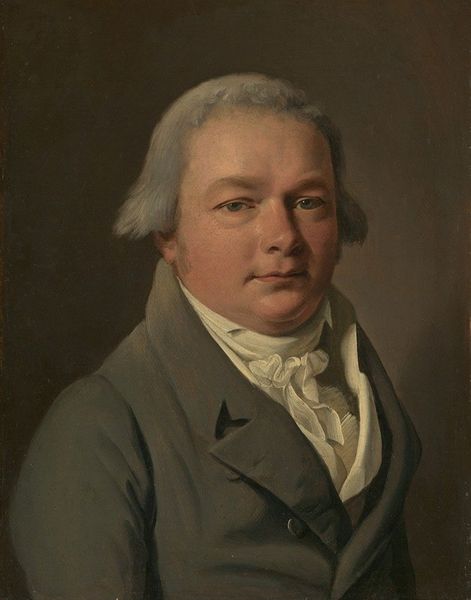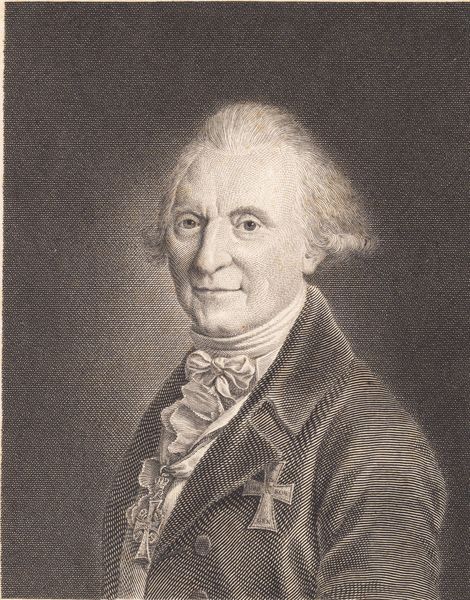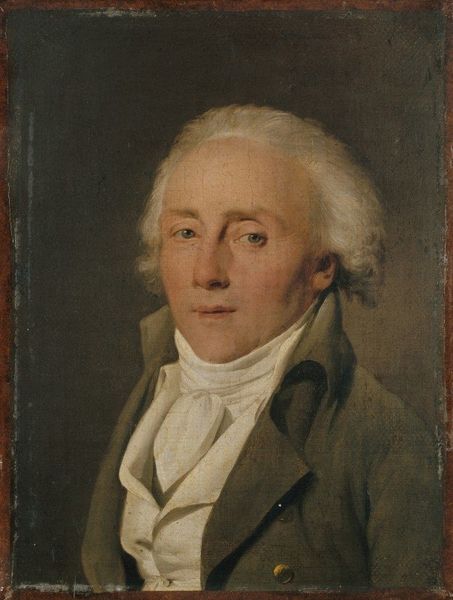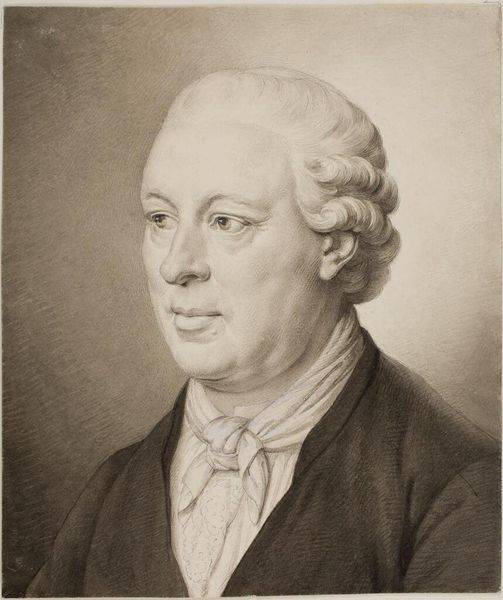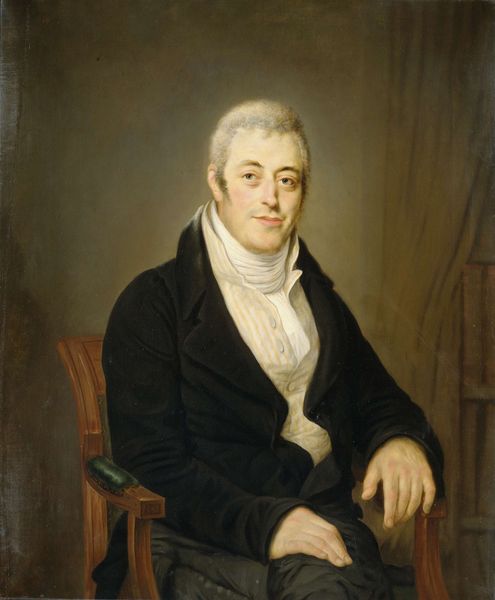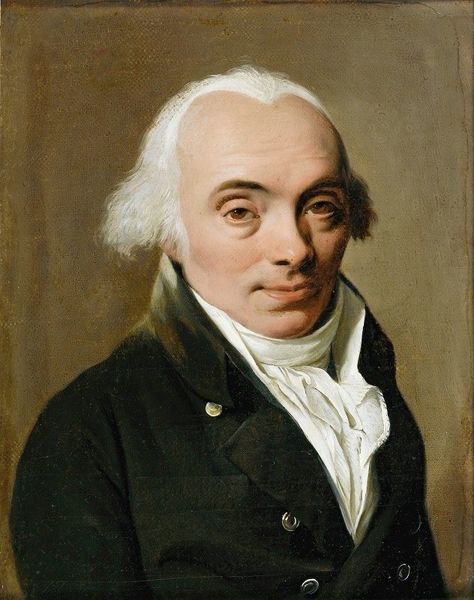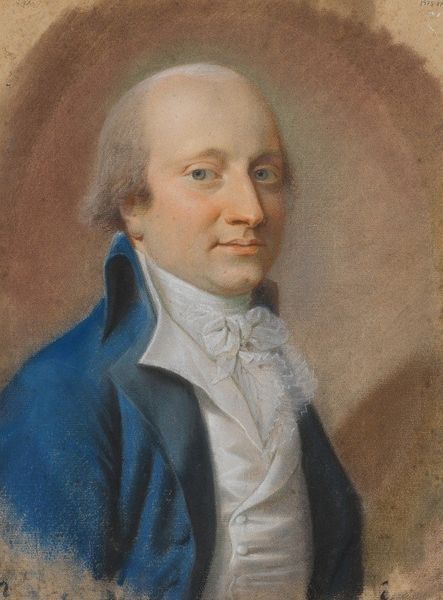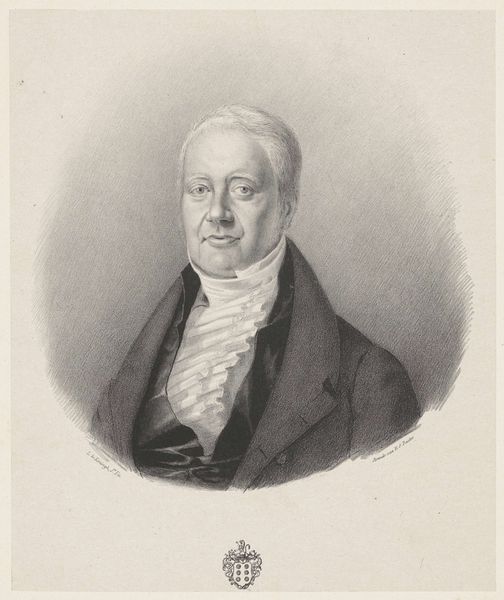
Cornelis Sebille Roos (1754-1820), Amsterdam Art Dealer and Keeper of the Nationale Konst-Gallery in Huis ten Bosch, The Hague 1815
0:00
0:00
adriaandelelie
Rijksmuseum
painting, oil-paint
#
portrait
#
neoclacissism
#
painting
#
oil-paint
#
academic-art
Dimensions: height 68 cm, width 54.3 cm, depth 9 cm
Copyright: Rijks Museum: Open Domain
Curator: Looking at this painting by Adriaan de Lelie from 1815, titled "Cornelis Sebille Roos, Amsterdam Art Dealer and Keeper of the Nationale Konst-Gallery in Huis ten Bosch, The Hague," I'm immediately struck by how… unassuming it is. Editor: Yes, unassuming is a good word. The plain background, the subject’s modest attire. There's a definite feeling of restrained respectability. It suggests a world governed by social decorum, and a quiet assertion of middle-class power. Curator: Precisely. Cornelis Sebille Roos was, after all, an influential figure in the Amsterdam art world, as keeper of the National Art Gallery. This image aligns with the Neoclassical movement, valuing clarity, order and reason. The muted tones feel very intentional. Do you perceive any symbolism in his dress? Editor: It's difficult to ignore his very white wig and necktie against his dark coat. Perhaps those colours serve to underline concepts of social station, in his case elevated and of importance. Consider, too, that in his role, Roos would have decided which artworks were displayed, which narratives were privileged. The artist, De Lelie, has visually reinforced Roos' status as a pillar of the cultural establishment. It hints at the exclusive circles that defined artistic taste. Curator: An interesting angle! The artist, through the simplicity of composition, draws the viewer's gaze to Roos' face. This imparts an overall effect of trustworthy directness and respectability, consistent with the period’s aspiration to create an accessible style for the rising bourgeois culture. His facial expression and subtle smirk evoke feelings of competence and assurance. Editor: Yes, he knows his worth. Although this seems to represent a moment of individual accomplishment, it’s more than that. This work presents us a critical reminder of how identity is shaped by power. Even in what appears as a simple portrait, so much of history and social stratification is encoded. Curator: Agreed. And these paintings remind us to always question who gets to be remembered and why. It allows the present-day audience the opportunity to re-interpret the historical norms this portrait seems to convey. Editor: This type of artwork offers us a starting point. There is much work still to be done to excavate deeper and expose inequalities as well as document achievements and make corrections when and where necessary.
Comments
No comments
Be the first to comment and join the conversation on the ultimate creative platform.
